Właśnie zauważyłem, że Janmedia Interactive, firma uznawana onegdaj za pioniera użyteczności w Polsce, wydała 29 marca 2012 roku, przy okazji konferencji Generation Mobile Raport użyteczności mobilnych aplikacji bankowych.
Wrażenie robi zakres – w ramach badań (audytów eksperckich) zostało przebadanych 10 aplikacji różnych banków na systemy Android i iOS. Interesujący jest zaprezentowany poziom szczegółowości. Rozczarowuje dział Wskazówki dla projektantów interfejsów aplikacji mobilnych – jedna strona rekomendacji to trochę mało, przy tak bogatej istniejącej wiedzy i literaturze w tym temacie.
Niemniej jednak zachęcam do przejrzenia i wyrobienia sobie własnej opinii na jego temat.
Dokument [PDF, 13 MB] jest do pobrania z mobilnego blogu jestem.mobi lub lokalnie.
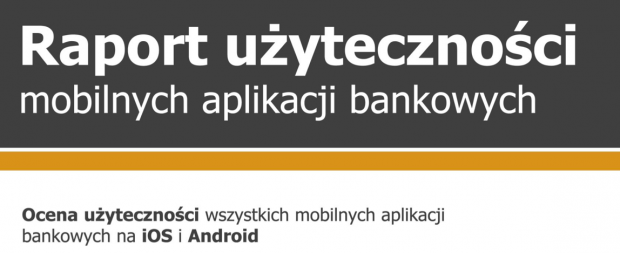
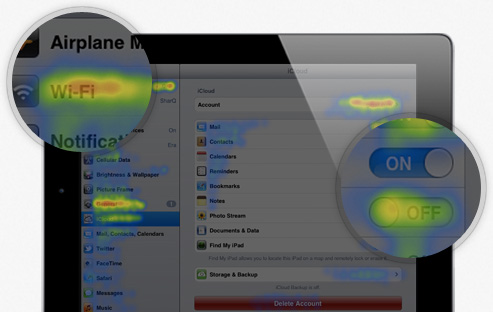
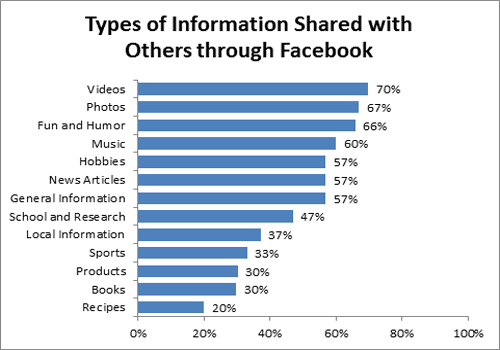

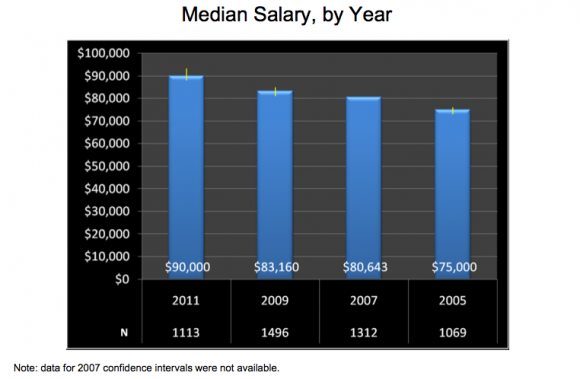
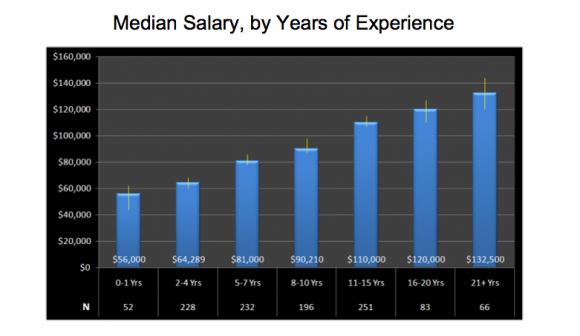 Źródło:
Źródło: 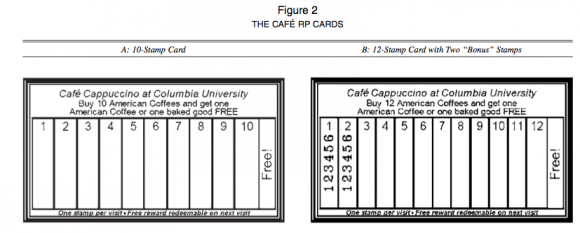

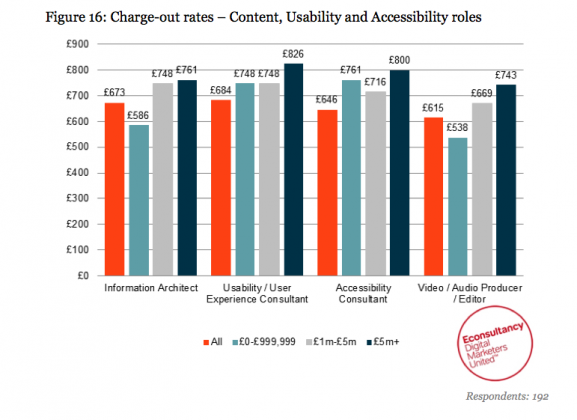

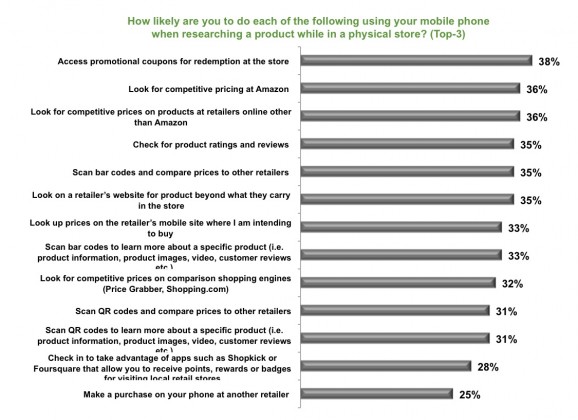





Recent Comments